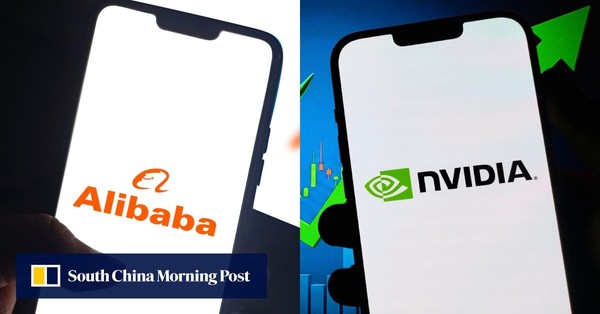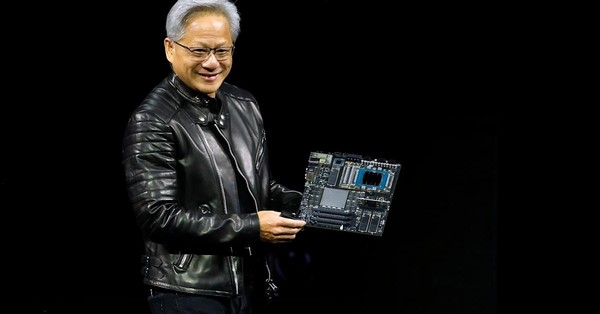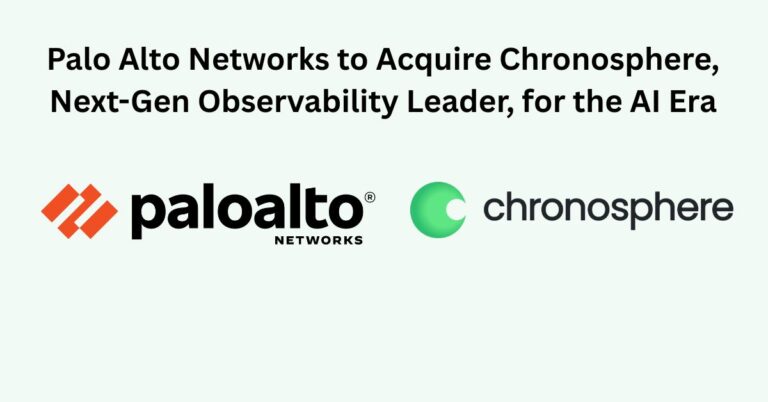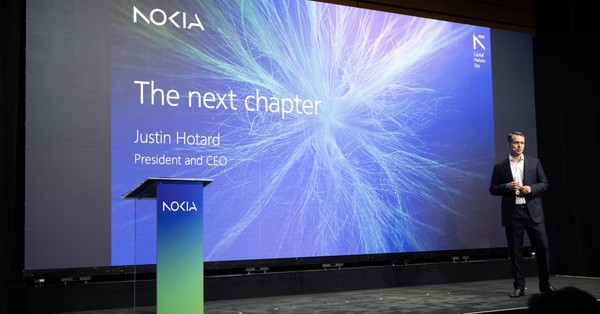Alibaba Cloud integrates Nvidia Physical AI
Alibaba Cloud is integrating Nvidia’s Physical AI toolchain into its Cloud Platform for AI, bringing robotics-grade simulation, training, and deployment capabilities to customers.
Partnership embeds Nvidia embodied AI tools
Alibaba and Nvidia unveiled a partnership that embeds Nvidia’s embodied AI development tools directly into Alibaba’s machine learning platform. The integration targets robotics, autonomous driving, and “connected spaces” such as warehouses and factories. Physical AI refers to software that models the real world in 3D, generates synthetic data, and trains control policies with reinforcement learning before deploying to physical systems. This is the second consecutive Apsara Conference where the two companies deepened ties; last year’s collaboration brought a multimodal model for automotive use into Nvidia’s Drive ecosystem, used by Chinese automakers including Li Auto and Great Wall Motor.
Digital twins, synthetic data, and RL tooling
Developers on Alibaba Cloud gain access to toolchains for data processing, simulation-based training, and real-world reinforcement learning. The stack can create digital twins of operating environments to accelerate perception and control model training for mobile robots, autonomous vehicles, and smart facilities. Synthetic data generation helps overcome the scarcity and cost of labeled real-world datasets, while policy learning in simulated physics shortens iteration time and improves safety before pilots in production environments.
Why this Alibaba–Nvidia AI deal matters
The move lowers barriers for embodied AI projects and aligns cloud, silicon, and software around deployable use cases in manufacturing, logistics, and mobility.
Signal for China’s embodied AI ecosystem
For Chinese robotics and humanoid startups, access to Nvidia’s physical AI stack via a domestic hyperscaler is a strong signal that simulation-first development will be mainstream. It enables teams to prototype with cloud resources, then deploy on-prem or at the edge with consistent toolchains. Even amid tighter export controls on leading-edge accelerators, software-level integration can advance model development, benchmarking, and workflow standardization—key to scaling beyond bespoke pilots.
Impact on telcos, 5G MEC, and edge AI
Telecom operators and private network providers can now pair 5G edge infrastructure with an off-the-shelf robotics AI stack. This supports connected warehouses, airports, and campuses where reliable uplink, low jitter, and time-sensitive control matter. Expect tighter coupling with multi-access edge computing (MEC), 3GPP URLLC roadmaps, and industrial ethernet with TSN. For systems integrators, the path to packaged offers—robotics “as a service,” computer vision at the edge, and fleet orchestration—gets clearer when simulation, training, and deployment sit in one cloud platform.
Strategic context for Alibaba and Nvidia
The partnership lands as Nvidia accelerates AI dealmaking and Alibaba expands its AI portfolio and global cloud footprint.
Nvidia’s AI partnerships and platform push
Nvidia has been rapidly striking alliances across the AI stack, and the Alibaba tie-up complements its broader push to make its software and models ubiquitous across hyperscalers. For Nvidia, embedding Physical AI into a major China-based cloud expands developer reach in robotics and autonomous systems, reinforcing its position beyond GPUs and into end-to-end toolchains.
Alibaba Cloud expansion and AI portfolio
Alibaba is leaning into AI as a growth vector alongside commerce. The company signaled renewed investment beyond its prior $50 billion budget, announced new data centers in Brazil, France, and the Netherlands, and highlighted a global footprint of 91 sites across 29 regions. It also introduced Qwen 3-Max, described as its largest model to date for coding and agentic tasks. The combined story is a fuller stack: cloud infrastructure, foundation models, and now embodied AI tooling aimed at high-value industrial and automotive use cases.
Technical requirements for Physical AI
Success will depend on robust toolchains, data pipelines, and deployment patterns that meet reliability and compliance needs.
Digital twins, ROS 2, OPC UA, and MLOps
Physical AI hinges on accurate digital twins, high-fidelity simulation, and scalable synthetic data. Enterprises should plan for continuous data collection from sensors, synthetic-real data blending, and MLOps pipelines that cover perception models and control policies. Interoperability with ROS 2, OPC UA, and enterprise data lakes is essential. Reinforcement learning and domain randomization reduce overfitting to simulated conditions but require rigorous evaluation before field trials.
Compute, edge deployment, and compliance
Training embodied models is compute-intensive; teams will mix cloud-based training with on-prem fine-tuning at the edge. Evaluate hardware options for inference on robots or vehicles, including accelerators optimized for latency and power. In China and the EU, plan for data residency and export-control-aware architectures. The Alibaba-Nvidia model lets customers prototype in the cloud, then deploy in-country on compliant hardware while maintaining a consistent software stack.
Risks and challenges for embodied AI
Enterprises must manage risks around model transfer from simulation to the real world, safety certification, and operational resilience.
Managing the sim-to-real gap and safety
Even with advanced physics and synthetic data, policies can fail under edge cases. Establish validation gates that include hardware-in-the-loop tests, staged rollouts, and fail-safe behaviors. Align with safety standards relevant to mobile robots and autonomous systems, and ensure audit trails for datasets, model versions, and test outcomes.
Data residency, latency, and network design
Connected spaces demand consistent sub-100 ms control loops and predictable jitter. Architect local processing for control and perception, with cloud used for fleet learning and updates. Use MEC sites and private 5G where needed, and factor in data sovereignty rules that govern logs, video, and telemetry used for model retraining.
Next steps for adopting Physical AI
Use the Alibaba-Nvidia stack to accelerate from proof-of-concept to production while aligning with network, data, and safety requirements.
Guidance for telecom and private 5G providers
Package MEC with Physical AI toolchains as a co-sell with Alibaba Cloud. Target brownfield warehouses, ports, and campuses needing AMRs, computer vision, and digital twins. Offer SLAs tuned for robotics (uplink-centric throughput, jitter bounds), and integrate with ROS 2/TSN gateways to bridge IT/OT networks.
Actions for manufacturers and logistics
Start with a high-impact flow—pallet movement, inventory scanning, or visual QA—and build a digital twin to generate synthetic datasets. Pilot control policies in simulation, then deploy to a small fleet with shadow mode monitoring. Establish a feedback loop for continuous learning and plan for hybrid deployments that keep safety-critical inference at the edge.
Recommendations for developers and ISVs
Standardize on interoperable middleware and data schemas, and design for portable deployment across cloud, on-prem, and edge. Invest in evaluation tooling to quantify sim-to-real gap, and prepare governance that documents data lineage, model updates, and compliance constraints across regions.









































